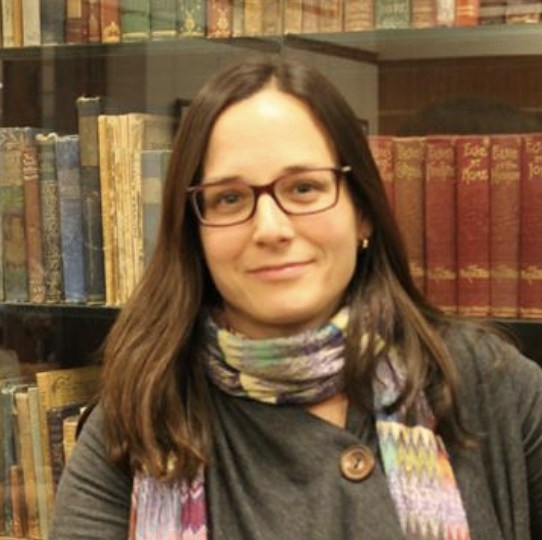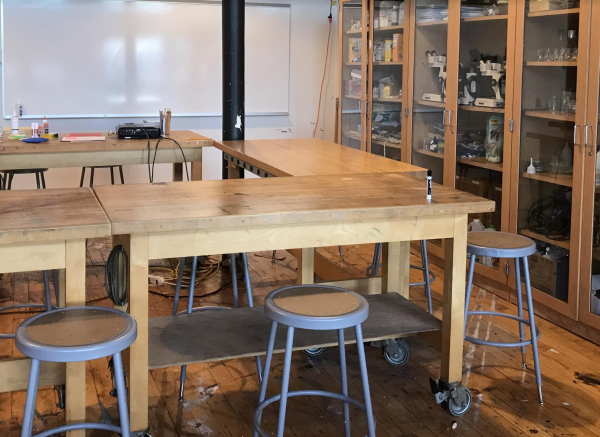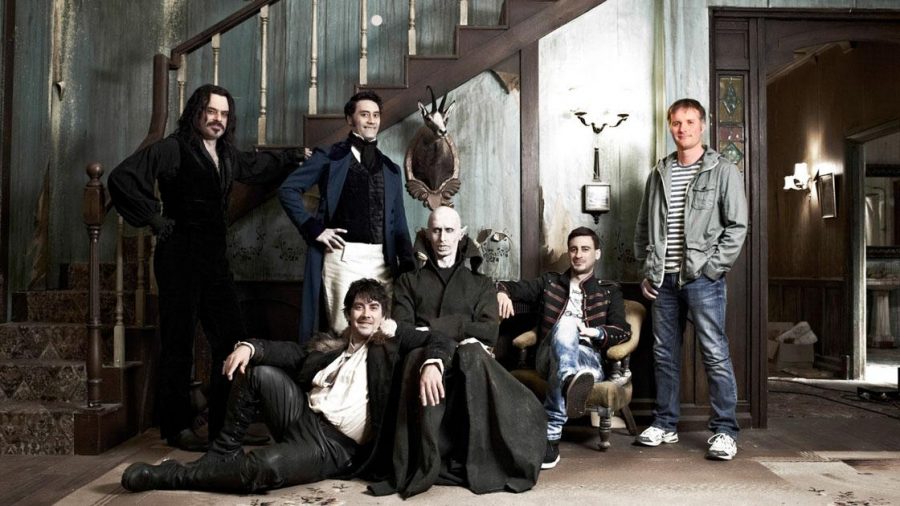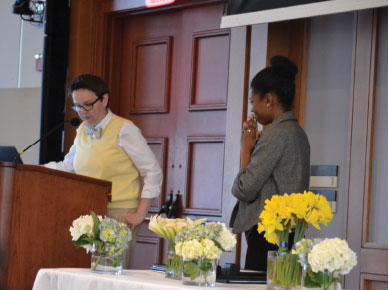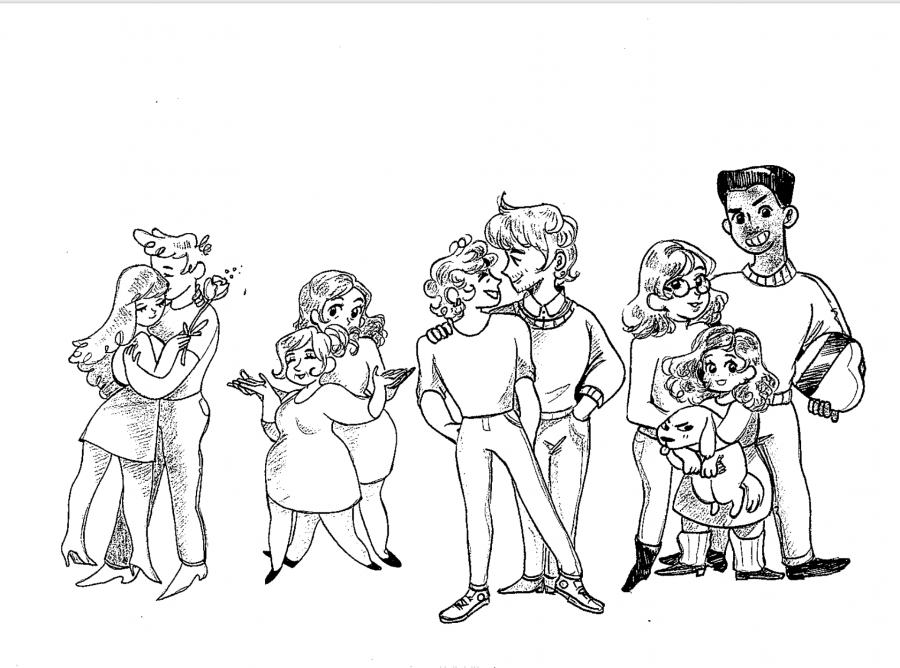By Taylor Rapalyea
Staff Writer
At 6 a.m., the air is cold. The sun hasn’t risen yet, but the trees are ablaze with color. This small section of New Hampshire remains undiscovered by leaf peepers, though it exemplifies peak foliage in October.
A horn blows, and groups of men and women clad in fleece and flannel gather in a dining hall to eat. Despite the hour, everyone is swapping stories and smiling over grits and orange juice. These are volunteer trail workers who have dedicated this weekend to swinging sledgehammers and pickaxes on the trails of the White Mountains.
Chatham, NH is home to Cold River Campground, a haven for vacationers, hikers, and volunteers with the Chatham Trails Association, or CTA.
The CTA is a preservation effort for Evans Notch, a section of the White Mountains that spans New Hampshire and Maine. Its main objective is to maintain the trails of the Notch so that hikers can trek safely without leaving the treadway and dilapidating the natural vegetation.
It’s a designated volunteer weekend, and these committed participants have been up since 5:30 a.m. with the intention of doing backbreaking manual labor for fun and for charity. That’s the spirit of the morning, as the volunteers tell gruesome stories about bears and painstaking trail maintenance. But amid all the tall tales, there’s a challenge that the CTA is continuously faced with: their volunteer population is aging.
It’s not an unusual issue for an organization of this nature to be experiencing. As hearty and strong-willed as these participants are, they can only keep up the work for so many more years. Spending time in the great outdoors is rumored to add to one’s life expectancy, but not by an unlimited amount. One volunteer put it bluntly: they’re simply dying off.
George Brown, a region leader for the Appalachian Mountain Club who sometimes works with the CTA but is not directly affiliated, noted that the problem is more complicated than that.
“[There is a] need to recruit younger volunteers to replace the older population when they can no longer do the work,” said Brown, “[and to find] an appropriate balance between older, traditional values and ways of doing things and news ways that younger volunteers might bring to the organization.”
The AMC has a similar mission to the CTA, but a different problem. Their weeklong volunteer trips become booked in no time, but they have a shortage of crew leaders to guide them.
“There are two categories of volunteers,” said Nathan Karol, a trail crew leader with the AMC. “First the volunteer leaders—that is a small group that could stand to grow—and the volunteers who join trips. That is a nearly unlimited pool because anyone of a certain ability level can join.”
But while Karol alluded to the fact that there weren’t enough volunteer leaders, he noted that he felt optimistic about that population growing.
“I think the more they [the volunteers] participate and the more they learn about trails the more likely they are to become a leader,” said Karol. “We actively look for those people and recruit them as best we can.”
Volunteering with either organization varies in terms of the level of responsibility. With the CTA, anyone can participate in a designated volunteer weekend and stay at the campground for no cost. Volunteers perform a variety of tasks, ranging from clearing brush from the treadway to repairing bridges.
At the AMC, adult volunteers can participate in volunteer vacations for a fee, and work on trails in New Hampshire or Maine out of a base camp. Teen participants can do spike crews, where they trek through trails and stay in tents, doing various trail work during the day.
Both the CTA and AMC also have trail adopters programs. Trail adopters are volunteers who look after a specific length of a trail. These contributors have more autonomy, and are required to complete training before they can actually adopt a trail.
Some of the work is difficult, and it is conducted regardless of weather conditions. But volunteers keep coming back, year after year, for as long as they’re able. That’s because no matter how demanding the work is, it is nowhere near compared to how rewarding it is.
Chris Phillips, a senior at the College of the Atlantic, found his calling as an agent of conservation during a volunteer week with the AMC in 2012.
“That week was life-changing for me,” said Phillips. “It was during that time that I said to myself, ‘Yeah. I could do this for the rest of my life.’”
He was on a crew with his mother, Eileen; a 40-year-old man named Arun; my dad, a 60-year-old; and me, then a 20-year-old.
During our time on the trails, we learned to skin a tree, build a cairn, and construct a bog bridge.
Aside from the strenuous work, the volunteer trips aren’t luxurious by most standards. CTA’s volunteer weekends are perhaps the exception, spent on the campground, in beautiful little cabins that overlook rivers, ravines, and colorful autumn trees. There is no electricity, and the bathrooms are located in a separate building.
AMC’s adult volunteer work is usually done out of a base camp called Camp Dodge. The bunkhouse for adult volunteers is set up like a dorm, with creaky bunk beds and a tin roof that makes a drizzle sound like a hailstorm.
Meals at both organizations are simple but nourishing, exactly what one would be looking for after a day of slinging sledgehammers and blazing trails.
Not everyone falls in love with trail conservation though. Between those who wouldn’t classify themselves as “outdoorsy” and those who crave a hyper-structured system, CTA and AMC has plenty of people who aren’t repeat volunteers.
Luckily for both institutions, there seem to be even more people who do believe in their mission. It’s not unusual for participants to return multiple years for trips led by the same crew leaders.
“[Volunteers] get a chance to give back to land that they recreate in and gain a greater understanding and appreciation of the work and effort it takes to build and maintain trails,” said Karol of the AMC volunteer opportunities.
“I know that I get great satisfaction from seeing a group of people grow and bond over a week’s time and complete a project together that they can call their own.”






